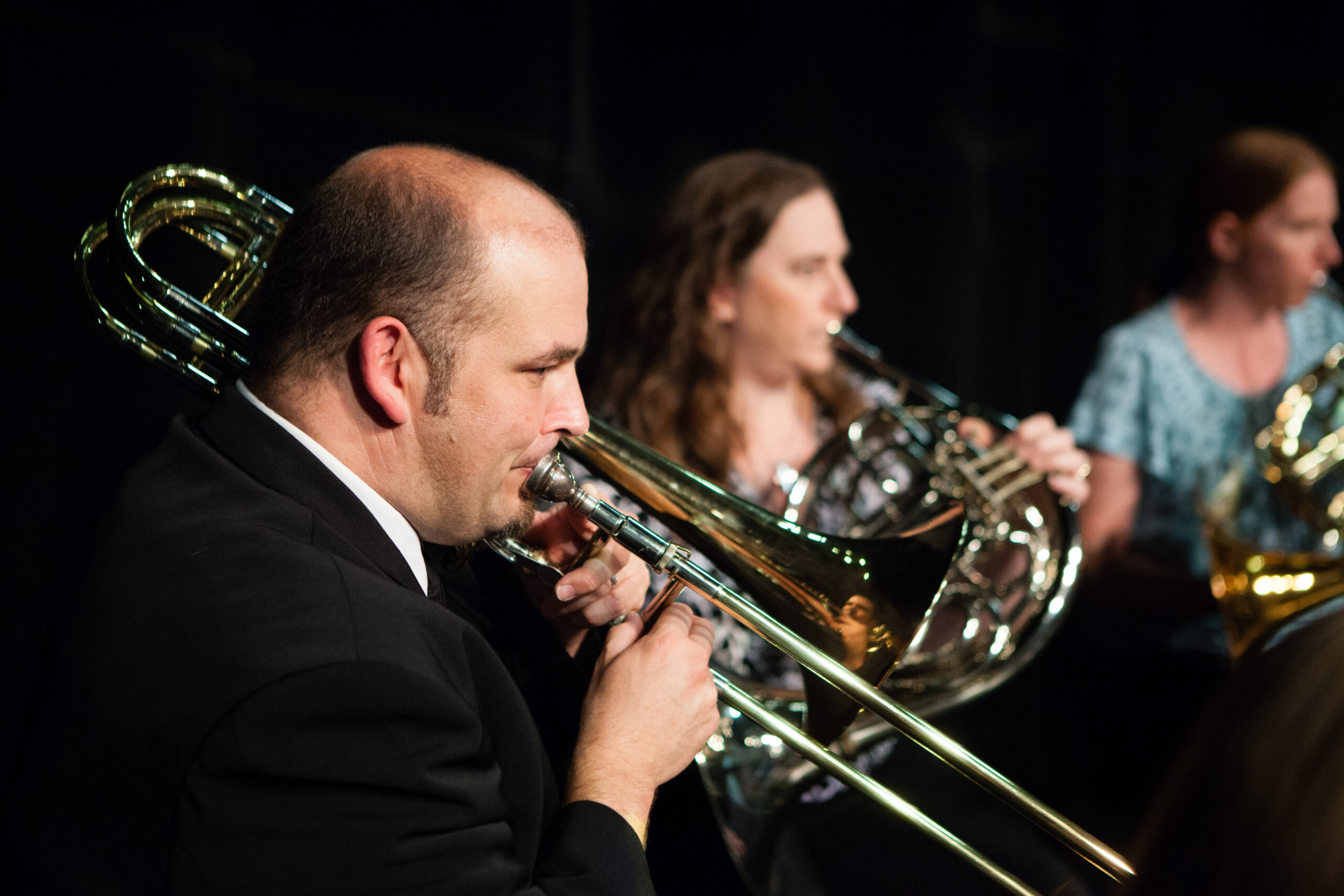
Every Kindergarten teacher knows that at some point in the year, when the class is reading a story together, someone is going to raise a hand and ask, “Did this really happen? Is it real?”
How do you answer that question when reading one Aesop’s fables, Cinderella, or The Wind in the Willows? Strictly speaking, of course, those stories aren’t real. Aesop’s The Lion and the Mouse isn’t about an actual lion who was freed from a net by his tiny companion. But to dismiss a story because it’s a fiction doesn’t make sense, either. There is something real about that fable, something about how even little ones have an important role to play. There is truth there, even though the story is imaginary.

At its best, fiction can show us something true about the world that a mere recording of events might not show as clearly. The best fiction reveals the world to us rather than obscuring it. Here’s a similar point by Stratford Caldecott, author of Beauty in the Word (2012).
The Velveteen Rabbit and The Little Mermaid, The Wind in the Willows, The Snow Queen, Beauty and the Beast, and the Chronicles of Narnia… [reveal] an aspect of what it is to be truly human, not in a moralistic way by spelling out the rules and regulations of right behavior, but in a way that educates the imagination of the reader to see patterns of linking characters, decisions, and events in the real world. It is a way not just of communicating the rules, but showing how the rules work and perhaps even why they work. However fantastic and unreal the landscapes in which these stories unfold, however untrue to life they may be in a factual sense, they are true in the deeper meaning of the word, in that they reflect the way things really are. They open our eyes to look not merely at the surface of things, but at their form.

